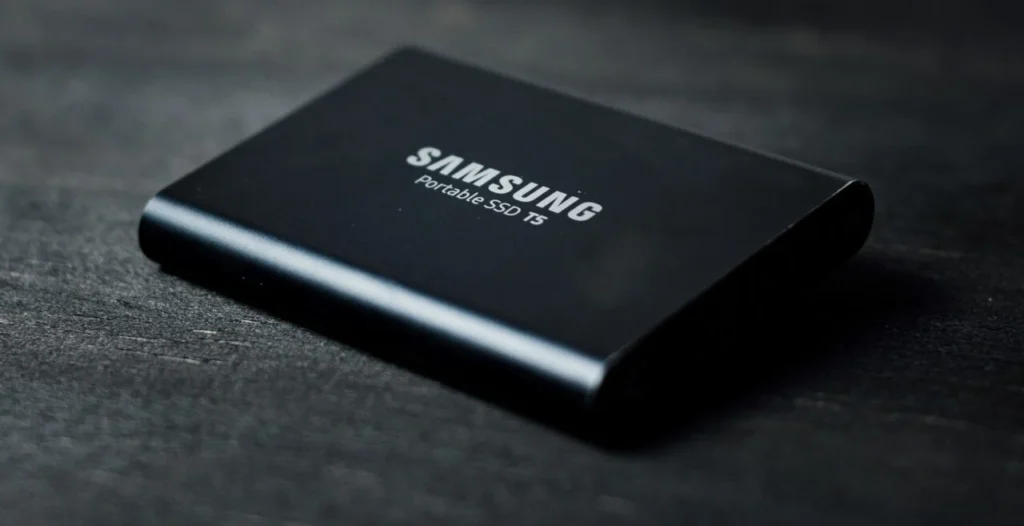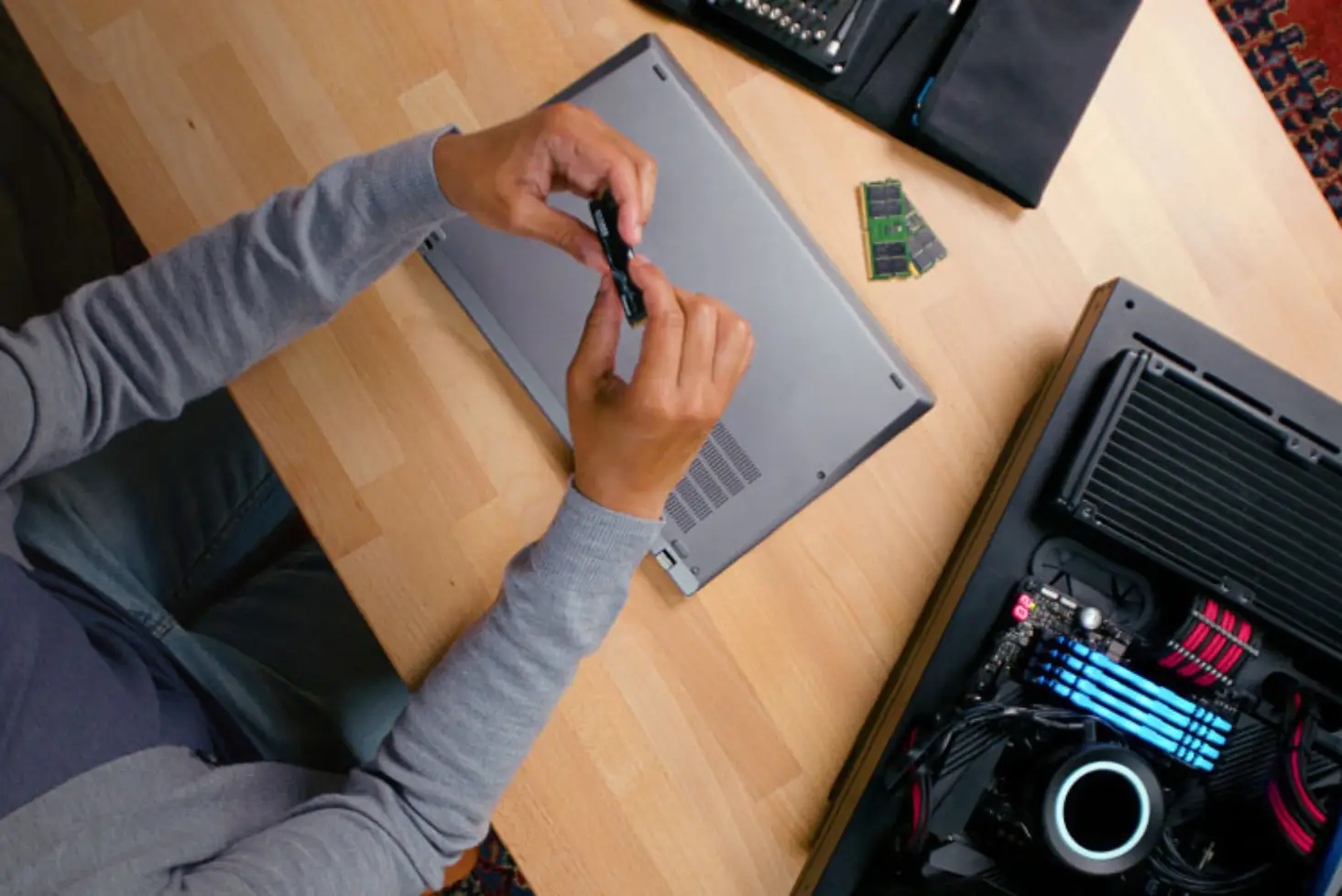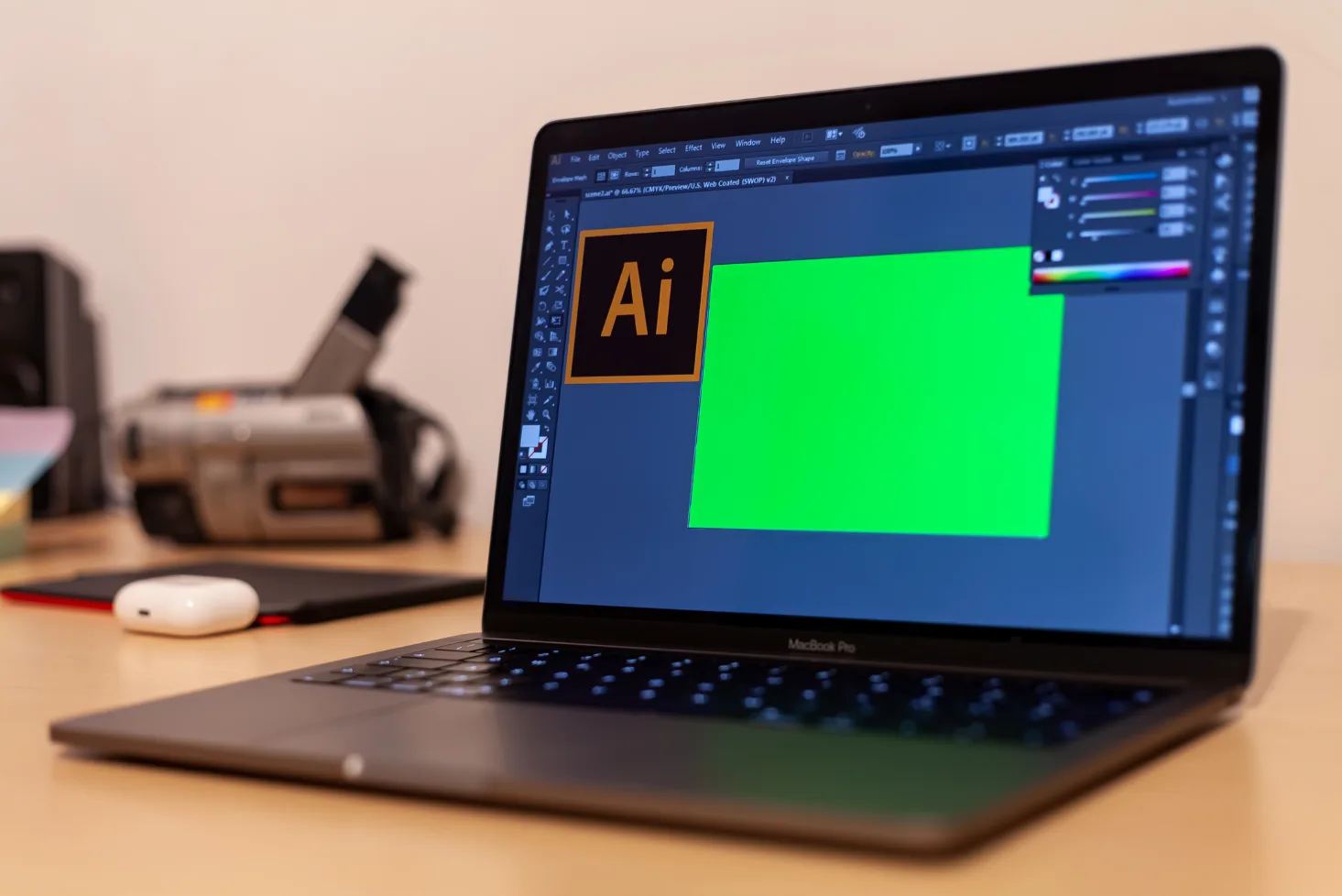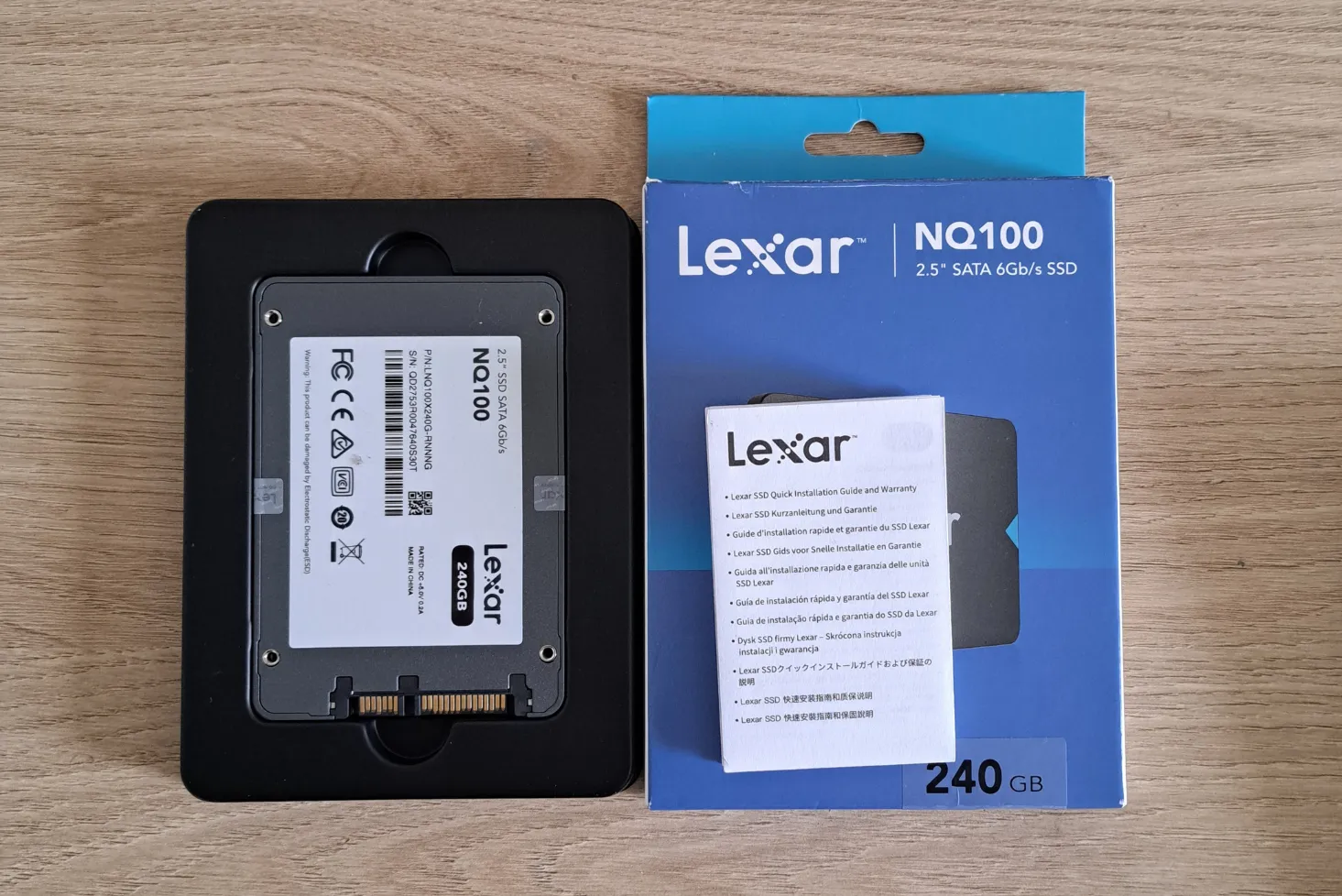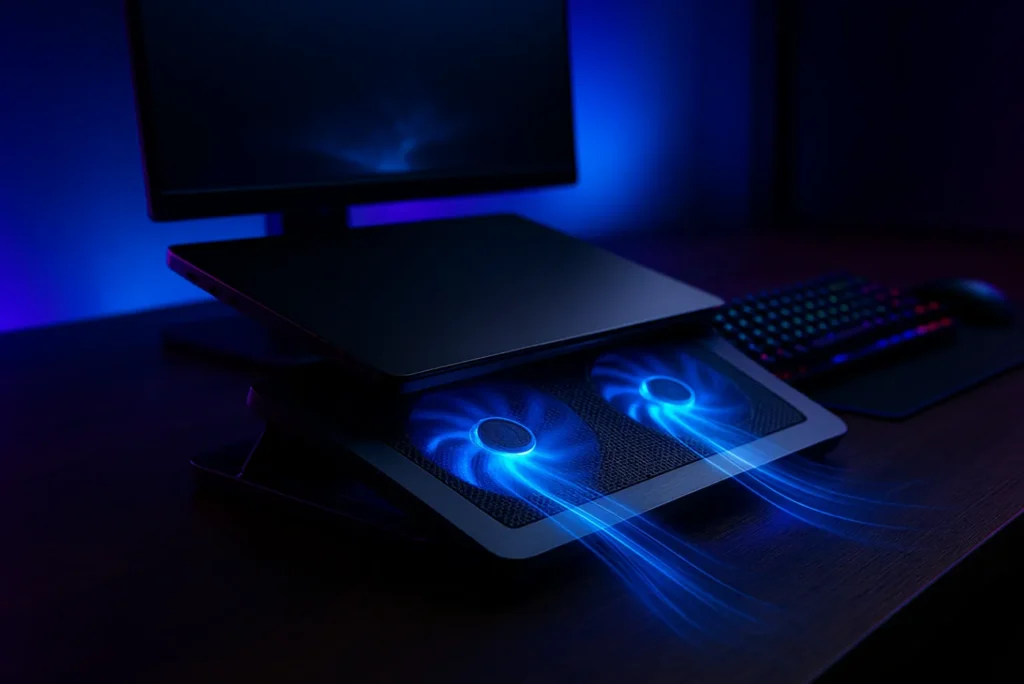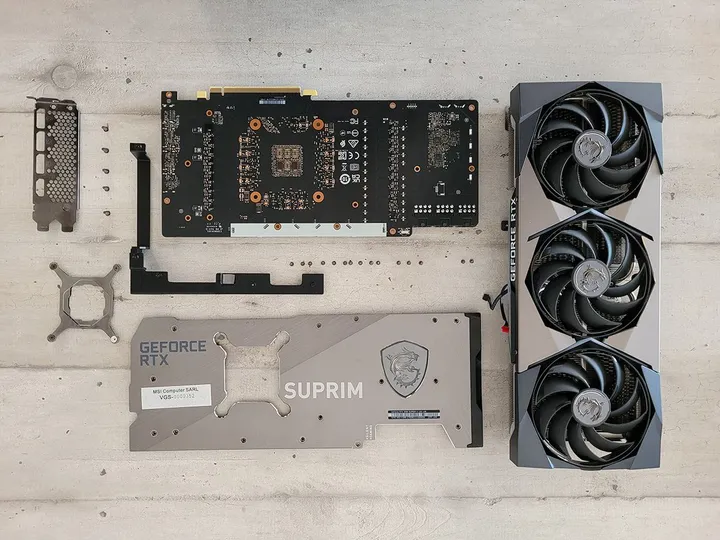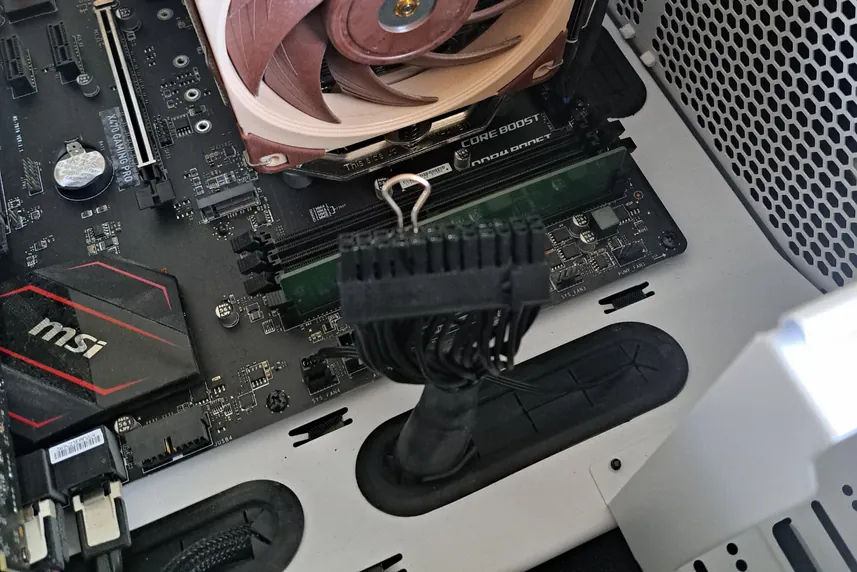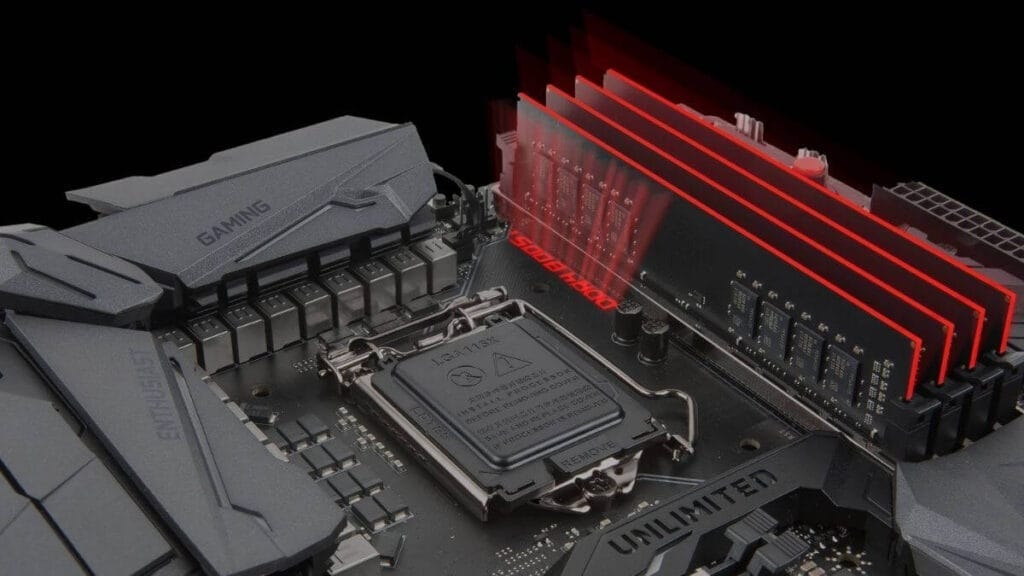Between system files, software and personal data, choosing the right capacity for an SSD can quickly become a headache. Discover our practical advice on how to determine the right size for your needs and budget.
What you need to know
- The ideal capacity depends on your application.
- We strongly advise against choosing an SSD smaller than 240 GB.
- If you have lots of photos and videos, we recommend using an external hard drive.
Which SSD capacity to choose?
Choosing the right capacity for your SSD depends directly on your needs and how you intend to use it. To avoid buying an SSD that’s too small or paying for unnecessary storage space, several factors come into play: the operating system, the software you’ll be using and the space you’ll need for your files or projects.
table { width: 100%; border-collapse:
| Usage | System (GB) | Software (GB) | Remaining storage space (GB) | Recommended SSD size (GB) |
|---|---|---|---|---|
| Office | 80 | 20 | 180 | 250 |
| Multimedia creation and storage | 80 | 150 | 1770 | 2000 |
| Gaming | 80 | 100 | 820 | 1000 |
| Development | 80 | 50 | 370 | 500 |
Office: A 250 GB SSD for everyday use
If you use your computer for classic tasks such as writing documents, checking emails or surfing the web, a 250 GB SSD is ideal. Here’s how that space is allocated:
| File type | Space required (GB) | Details |
|---|---|---|
| System | 80 | Windows 10/11 with regular updates. |
| Software | 20 | Office suite, browsers, messaging tools. |
| Documents | 5 | Word, Excel, PDF files, etc. |
| Photos | 10 | Personal or downloaded photo albums. |
With this configuration, you can work while retaining space for your personal files and a few extra applications.
If you have a lot of photos or large files to store, take a disk larger than the storage required.
Multimedia creation and storage: A 2000 GB SSD for creators
For content creators (graphic artists, videographers, musicians), a 2000 GB SSD is recommended. It allows you to use demanding software and manage large files without slowing down:
| File type | Space required (GB) | Details |
|---|---|---|
| System | 80 | Windows or macOS adapted to creative tools. |
| Software | 150 | Photoshop, Premiere Pro, 3D tools, CAM, etc. |
| Projects in progress | 800 | Videos, RAW photos, audio files, models. |
| Local archiving | 970 | Temporary storage before transfer to external HDD. |
An SSD of this size provides a comfortable workspace for storing and processing demanding projects before saving them elsewhere.
The lifespan of an SSD is influenced by its storage capacity: the greater the capacity, the longer the SSD will last.
Gaming: A 1000 GB SSD for avid gamers
If you’re a gamer, a 1000 GB SSD is an excellent compromise between cost and performance. It offers ample space for the system, game management software and many recent titles.
| File type | Space required (GB) | Details |
|---|---|---|
| System | 80 | Windows or OS optimized for gaming. |
| Software | 100 | Steam, Epic Games, graphics drivers. |
| Games | 670 | 5 to 10 recent games, each between 50 and 200 GB. |
This configuration allows you to enjoy rapid experimentation, while still having enough room to install your future games.
If you want to install many more games, please choose a capacity of at least 1TB.
Development: A 500 GB SSD for developers
For a developer, a 500 GB SSD is perfectly suited. It can store your working environments, local projects and development tools.
| File type | Space required (GB) | Details |
|---|---|---|
| System | 80 | Windows, Linux, or macOS according to your preferences. |
| Software | 50 | IDE (Visual Studio, PyCharm), version managers (Git). |
| Local projects | 270 | Git repositories, local databases, Docker environments. |
With this configuration, you’ll have enough space to work on complex projects without storage constraints.
If you also use your PC to store photos or videos, you’ll need an SSD larger than 500GB.
A 128 GB SSD may seem sufficient for basic use, but it quickly becomes limited. With Windows occupying up to 80 GB in the long term, and your software taking up space, you risk running out of space for your personal files. For an unconstrained experience, we strongly recommend choosing an SSD of at least 240 GB.
A 240 GB SSD is generally sufficient for most users, provided you don’t store too many large files on it. With this space, you can install an operating system like Windows, manage all long-term updates and enjoy a large number of software applications. For classic office use, this capacity offers a good balance between price and storage.
